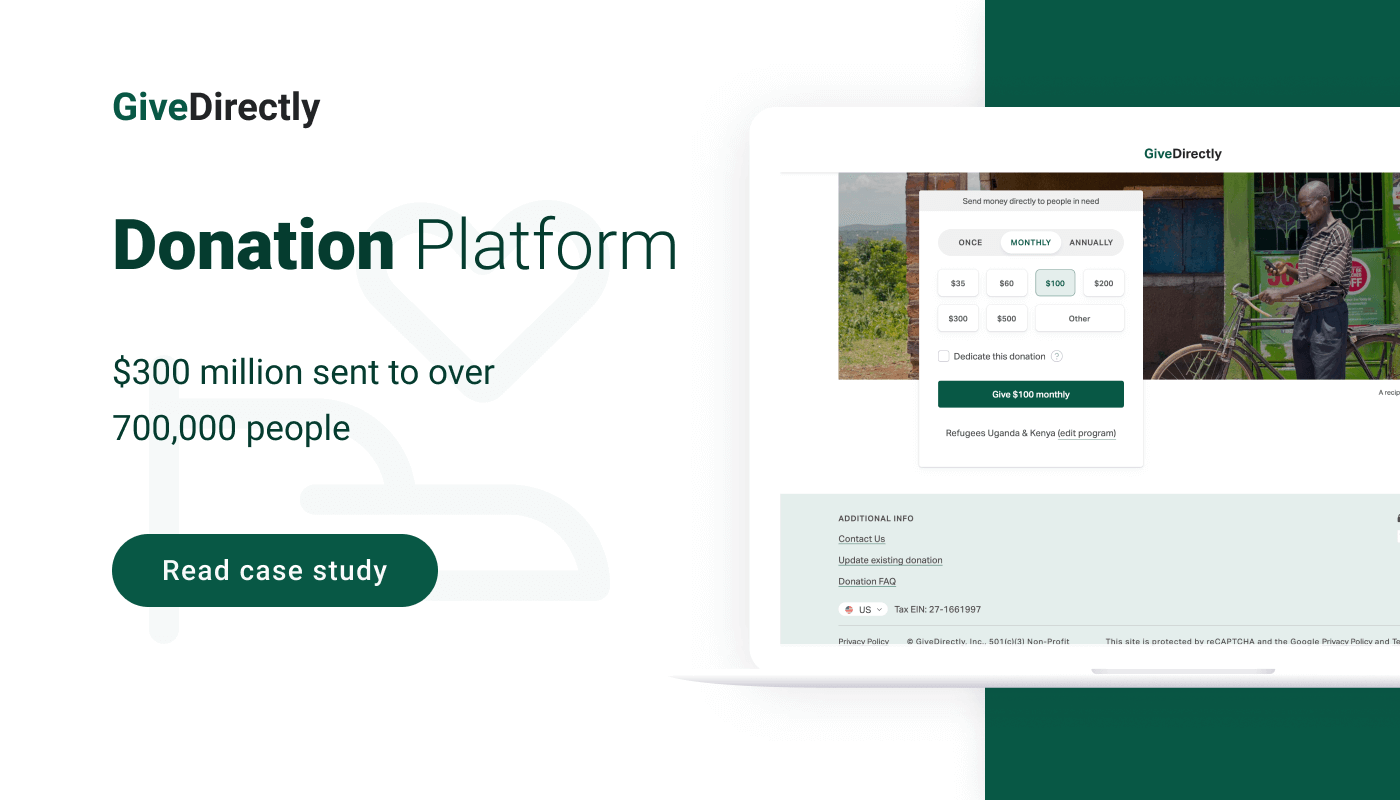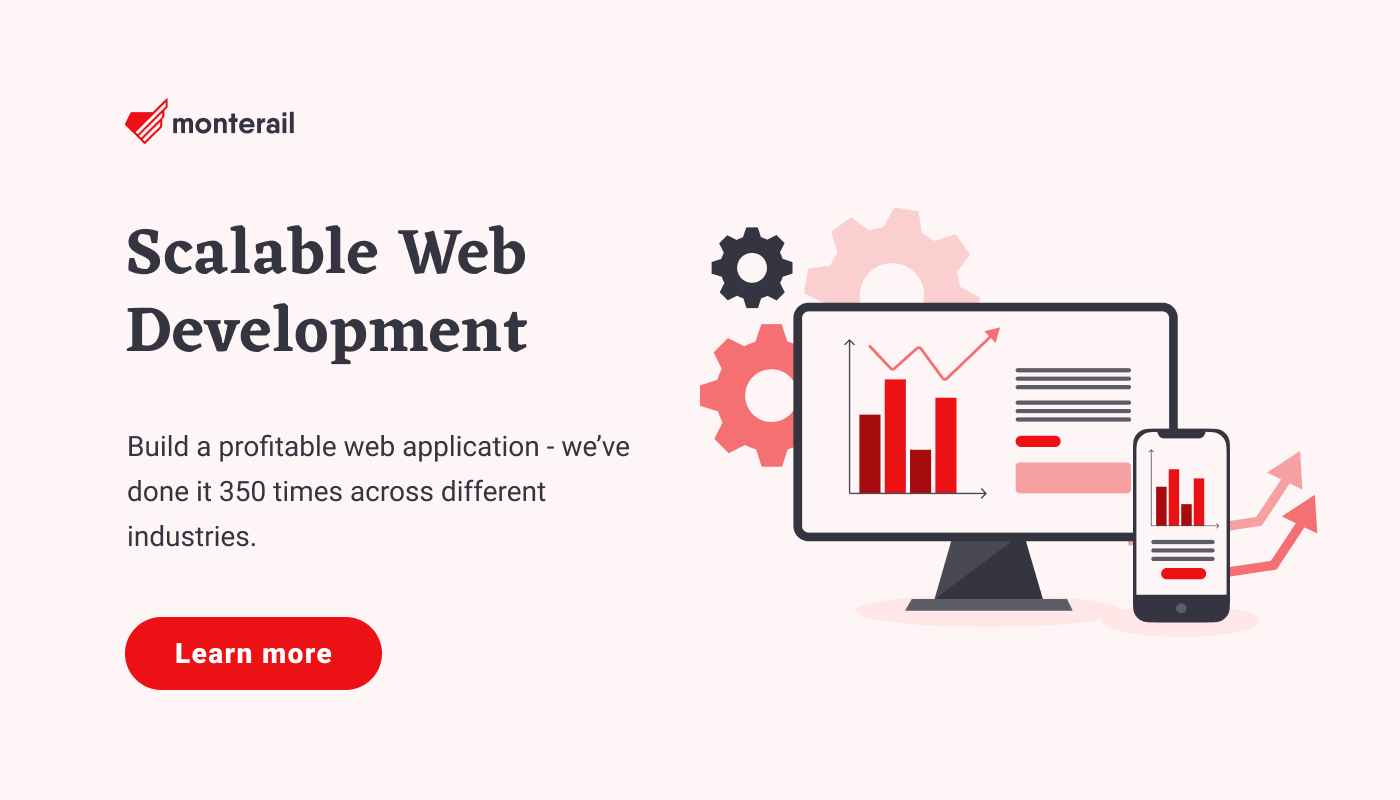The State of Vue.js Report 2025 is now available! Case studies, key trends and community insights.
Table of Contents
10 years of experience in delivering software have shown us that there is no one-size-fits-all budgeting solution for every business and type of project. Our role as a partner requires finding the budgeting model that best suits our clients’ needs. That’s why we decided to broaden the selection of budgeting models and introduce a new approach - target price.
Not that there’s something wrong with the models we’ve previously used - time and materials, and fixed price - it’s just that other approaches may be more accurate depending on the project's character, timeline, scope, and other factors.
We found the target price model to work well with our Agile development approach and significantly assist in structuring Agile projects. See how it helps our clients and improves motivation and control over budget. See when and how we use this method and why it helps us build products in a cost and time effective way for our clients.
What is a Target Price Model
Put simply, the target price scheme means sharing profit with the client when delivering a project below the predefined price, but also sharing costs when the budget is exceeded. This particular type of contract may lead to sharing a pain or gain between two parties. How do we calculate it?
As a software development company, we estimate project costs taking project goals, timeline, and available budget into consideration.
The target price is established before the start of the project. Later, the actual amount of money that is overspent or underspent is equally shared between the client and the software vendor company. That’s why the Target Price model can act as a motivational factor for both parties to deliver the project on or under a budget.

Who Should Use the Target Price Model?
It’s perfect for businesses that rely on a regular, predictable revenue stream, as lack thereof usually makes the adoption of the time & materials (T&M) model more difficult.
It’s also a viable choice for companies sustained by funding or one-off cash infusions such as government support, European Union grants, or venture capital investment.
The target price model is also a good fit for first-time partners. When working together for the first time, a client can “try out” the contractor by ordering a small, quick project to check how the collaboration will look. It’s a safe way to start because it allows them to monitor progress and costs, and receive notice when the budget is exceeded, to what extent, and why.
It eliminates the risk inherent in the fixed price model, that clients are bound to pay the agreed-upon price, but don’t necessarily know whether the price is accurate.
We managed to test our new approach when cooperating with GiveDirectly, the first and largest nonprofit allowing donors to send money directly to those living in poverty. We started by collaborating on a relatively small project, which made it easy for us to determine the scope and budget with a large degree of precision.
The client was very creative and proactive, suggesting changes and iterations on a daily basis. Gathering all the requirements, establishing priorities and putting new tasks in order took some time, but once we figured it out, the development went smoothly. We delivered the project quicker than expected and under budget, which meant that we could share the profit above the target cost with the client.

It was a win-win for both parties.
 Pros of the Target Price Model
Pros of the Target Price Model
- Mutual motivation among all parties to control the budget
- Clear intentions on both the client and vendor sides
- Helps build strong relationships based on collaboration and trust
What’s the biggest advantage of the target price model? According to Grzegorz Hajdukiewicz, our Head of Delivery:
Target Price helps to set a clear objective of delivering core value first. After that, it's easy to manage scope and priorities to meet previously established business goals within the budget. Both the team and the client are motivated to keep the product as simple and functional as possible - it embraces Lean values and simplifies delivery.
On the development side, predictability and goal clarity will likely be the most cherished features. The team will be motivated to challenge the complexity of the scope the moment they see the deadline, and hence the budget might be in danger. This will help deliver a functional MVP on budget and in a timely manner.
 Cons of the Target Price Model
Cons of the Target Price Model
The target price method is definitely not as flexible as the time & materials model, because it requires you to estimate and freeze the goals and then control deviations by adjusting the complexity of features. It also calls for more intense and continuous supervision from a Project Manager.
Without it, it’s likely that eventually you’ll find yourself unable to differentiate between tasks from the SoW and those that should be treated as additional “nice-to-haves”.
In order to be defined well, the project goals need to be thought through. In addition to that, a target price project requires a good, and adjustable plan so there's a need for solid brainstorming before the start.
While the need for a product workshop generates additional costs and postpones the project’s kick-off date, it ultimately facilitates a better understanding of the scope. Therefore what might be perceived as a disadvantage from a financial point of view is actually a big advantage in the long run.
Target Price vs T&M vs Fixed Price

Fixed Price |
Time and Materials |
Target Price |
|
|---|---|---|---|
Budget |
The customer knows the exact cost. Fixed price consists of the project estimation plus a risk margin. | The customer is billed for the actual time spent on the project. New requirements brought up by the client are all billable, which makes it easier to pivot and adjust to changes. | The budget is pretty much fixed and completing the project over or under budget results in a pain or gain share. |
Timeline |
Usually established. | The timeline remains unpredictable. | Should be fixed. |
Scope |
Every change in scope will prompt a discussion about changes in the contract. | Project scope is not fully known. Both sides can suggest improvements and add new features based on the market needs. Since the scope is flexible, the team cannot make any final deadline commitments. | Goals of the project are set and fixed. However, the complexity of particular features can be adjusted in order to fit within the budget and timeline. |
Who's it for? |
Bigger companies that plan and justify their budget in advance and don't mind paying extra for set-in-stone predictability. A good choice when the project scope is clear, the vendor has experience with similar projects, and both parties agree up front on how they’ll deal with potential requirement changes. | Long-term projects with dynamic requirements. It suits projects managed using agile methodology best if a client wants the flexibility to modify the scope or change the workloads. | Companies sustained by consistent revenue and those that are funding-based. It’s a good fit for first-time partners. |
Should you choose Target Price for your next project?
For many years, we have been using the fixed price model, T&M, and hybrids of the two. However, our own as well as our clients’ recent experiences suggest that the target price combines the strengths of both aforementioned models without their weaknesses.
Naturally, when it comes to choosing the right pricing model, it is essential to weigh all pros and cons and analyze the situation thoroughly to see what best fits your project.
If you’re wondering if the Target Price model is right for you, don’t hesitate to contact us, we'll be happy to help.

:quality(90))

:quality(90))